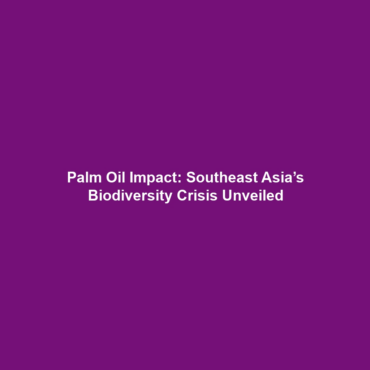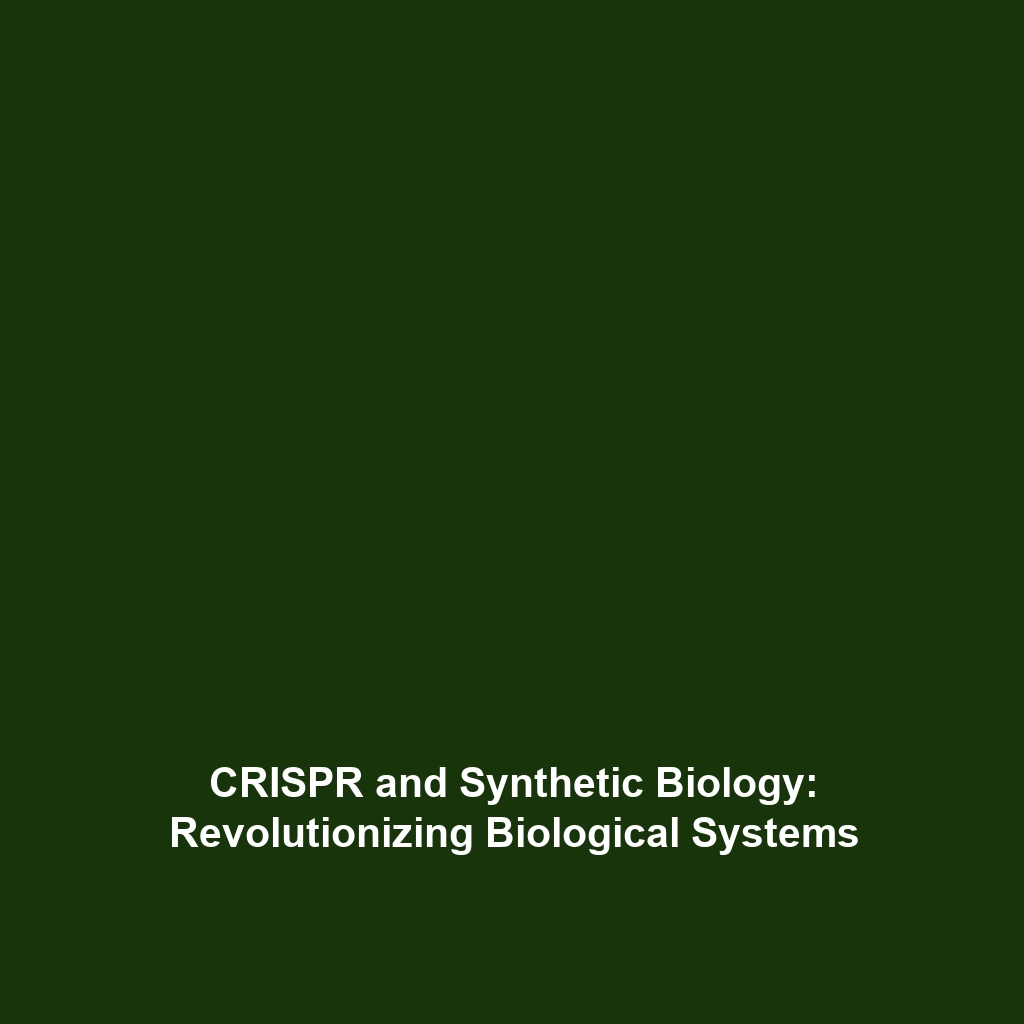Southeast Asia: Palm Oil and Biodiversity Destruction
Introduction
The rampant expansion of palm oil plantations in Southeast Asia has emerged as a leading factor in the region’s alarming rates of deforestation and biodiversity loss. As one of the world’s largest producers of palm oil, countries such as Indonesia and Malaysia face significant ecological challenges that threaten their rich natural heritage. The production of palm oil is linked to extensive forest clearing, which significantly impacts wildlife habitats, contributes to climate change, and undermines local communities. Understanding the implications of this industry is crucial for addressing the global crisis of deforestation and biodiversity loss.
Key Concepts
Understanding Palm Oil Production
Palm oil is derived from the fruit of the oil palm tree (Elaeis guineensis) and is used in various consumer products, from food items to cosmetics. The demand for palm oil has skyrocketed due to its low cost and versatility. However, its cultivation leads to serious environmental concerns:
- Deforestation: Clearing forests for palm oil reduces biodiversity and destroys the habitats of countless species.
- Species Extinction: The loss of habitat threatens iconic wildlife, including orangutans, tigers, and elephants.
- Climate Change: Deforestation contributes to increased greenhouse gas emissions, exacerbating climate-related issues.
Current Ecosystem Impact
The shift towards monoculture practices in palm oil cultivation undermines ecosystem resilience, making these areas more susceptible to pests and climate variability. The intricate balance of Southeast Asia’s ecosystems is disrupted, leading to long-term environmental degradation.
Applications and Real-World Uses
The applications of palm oil in various industries highlight the pressing need for sustainable practices within the sector. Understanding how the palm oil industry operates provides insight into broader issues related to Deforestation & Biodiversity Loss:
- Food Industry
- Cosmetics and Personal Care: It acts as a moisturizer and emulsifier in beauty products.
- Biofuel Production: Palm oil is touted as a renewable energy source; however, its sustainability is debatable given the environmental costs.
Current Challenges
The challenges of addressing the impact of palm oil on biodiversity are multifaceted. Key issues include:
- Lack of Regulation: Insufficient policies governing sustainable palm oil production can exacerbate forest destruction.
- Consumer Awareness: Limited consumer understanding of the implications of palm oil consumption hinders demands for sustainable options.
- Enforcement Issues: Corruption and weak enforcement of laws regarding land use and environmental protection complicate conservation efforts.
Future Research and Innovations
Upcoming innovations and research related to sustainable palm oil practices are essential to mitigating its negative impact on biodiversity. Future-oriented keywords highlight new approaches:
- Agroforestry Techniques: Integrating oil palm cultivation with biodiversity-friendly practices.
- Alternative Oils: Research into substitutes for palm oil that do not require deforestation.
- Certification Standards: Development of robust certification for sustainably sourced palm oil.
Conclusion
The destruction of biodiversity linked to palm oil production in Southeast Asia poses a significant threat to global environmental health. Addressing the implications of this industry in the context of Deforestation & Biodiversity Loss is crucial. By fostering sustainable practices and consumer awareness, we can combat the negative impacts of palm oil production. For further reading on sustainable agriculture practices, visit this article on sustainable agriculture initiatives.

